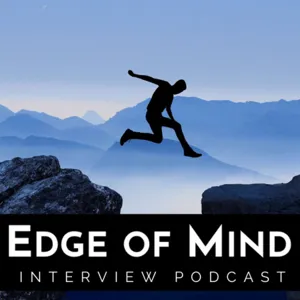Sierra Campbell on Spiritual and Practical Preparation for Aging and Death.

Join the author, and end-of-life caregiver, Sierra Campbell in a rich conversation exploring the many aspects of spiritual and practical preparation for aging and death. She shares her own experience as a cancer survivor, and how she got involved in this work. Sierra talks about the importance of active listening, “saging” instead of aging, and the wisdom of “waking down” at the end of life. What is the profile of those who tend to transition gracefully vs those who do not? How does one work with the death of a child, and what are the best things to say, and not to say, to someone who is dying and to family members? How honest and open should you be? Sierra talks about the importance of using small deaths during life to help with the big death, and that most people aren’t afraid of death as much as they are of suffering.
The conversation turns to medical aid in dying (MAID), how to understand the anger and fear that often arises around death, and the place of plant medicine (psychedelics) for helping people die, and for processing grief. Sierra talks about how the bardo teachings of Tibetan Buddhism have informed and transformed her own relationship to death, and her ability to help others. She shares her most effective meditations, like metta, the practice of Tara, the generation of merit, and breathwork in preparing for the end of life. It’s important not to try to fix things at the end of life, but to support the journey. See for yourself why Sierra is such a coveted speaker on some of the most challenging situations, and difficult decisions, anyone ever has to face.
